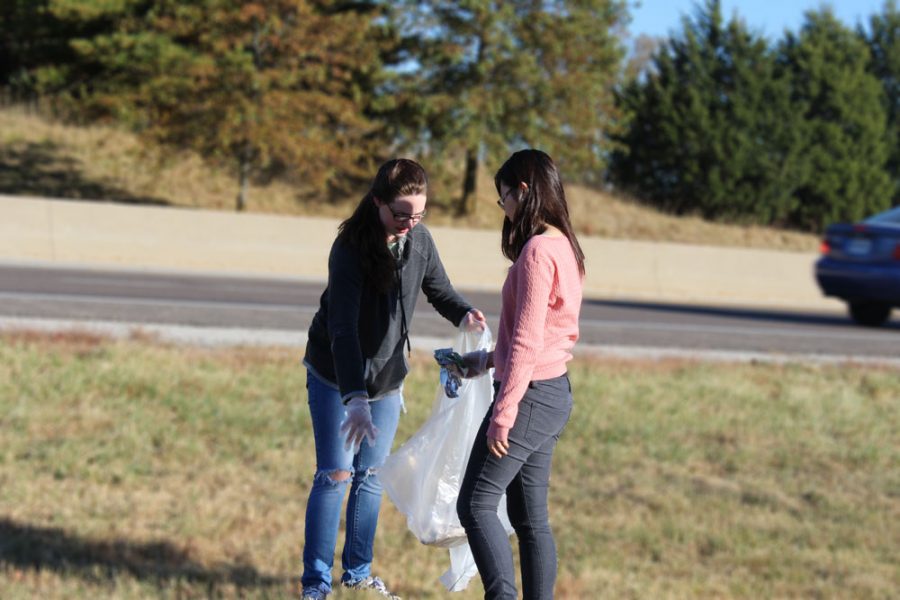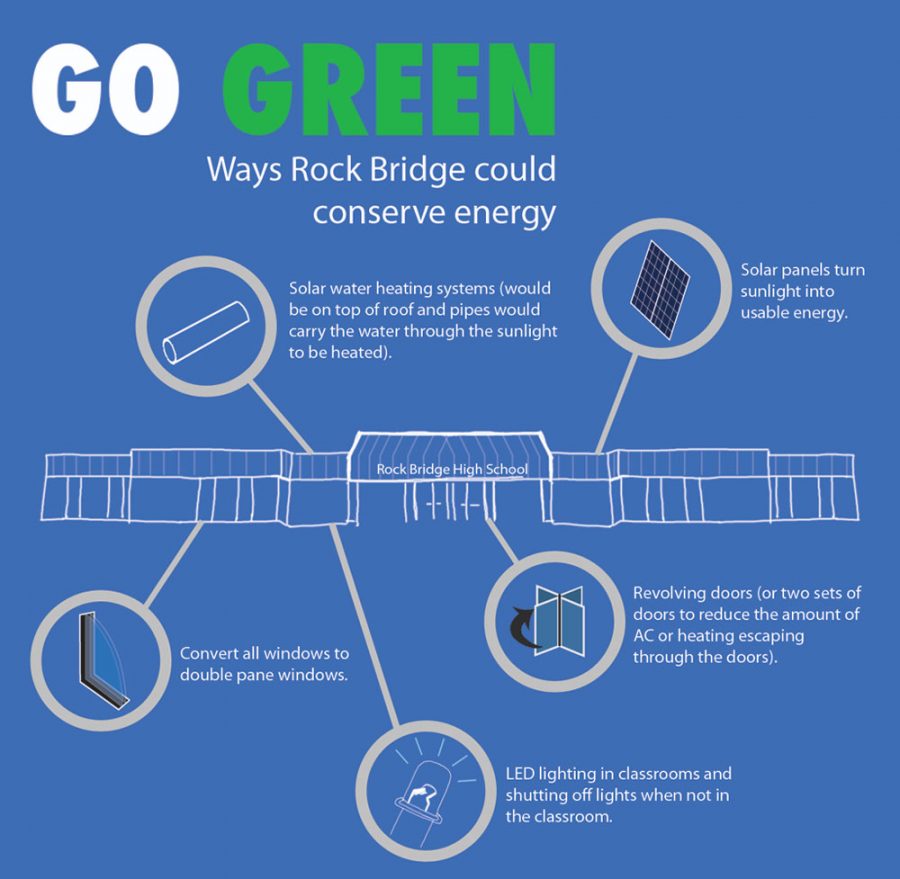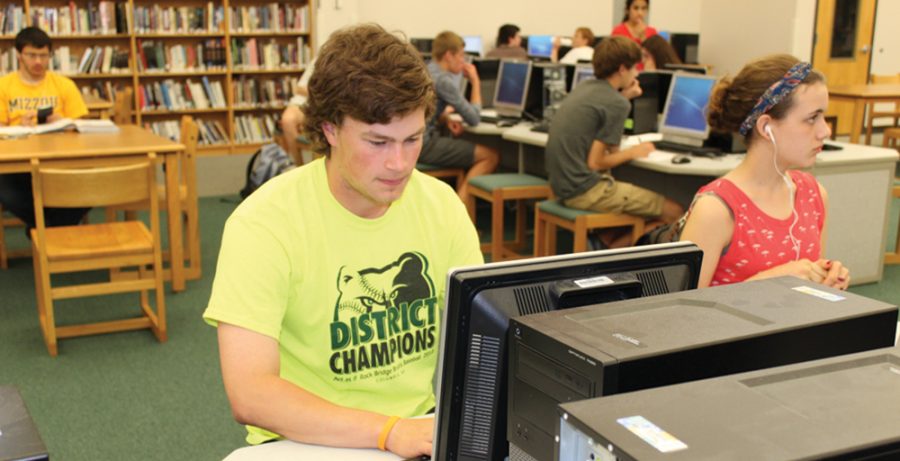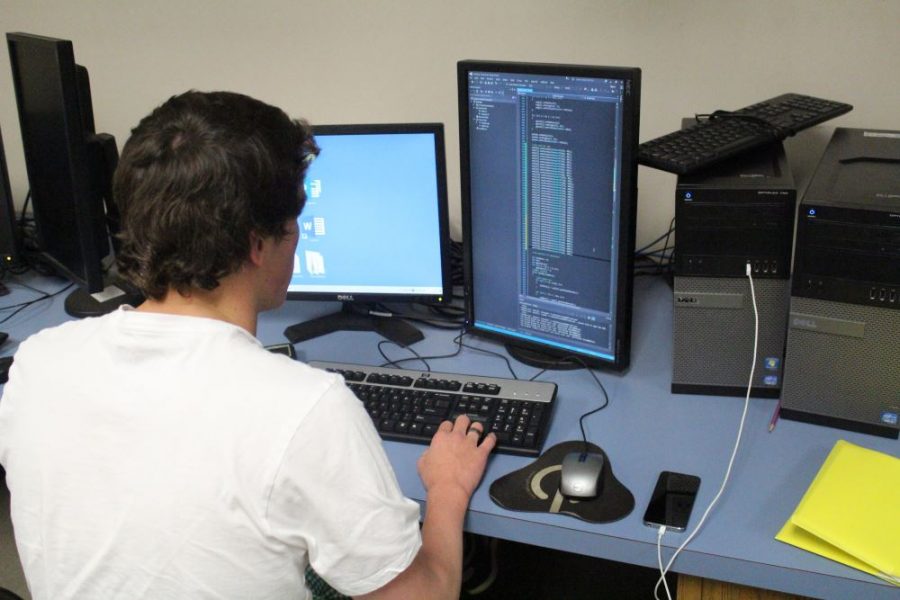For the 286 million Americans who receive their tap water from a community water system, it’s a common assumption that the water is purified and safe for drinking. Senior Prarthana Patel spends 10 hours of her life each week in room E2509 of the University of Missouri’s Lafferre Hall ensuring that is the case.
Her internship with the Missouri Water Resource Research Center (MWRRC) involves finding ways to purify drinking water and using a multitude of testing methods to determine the effectiveness of those methods.
“I work at the Environmental Department at Mizzou, and we get water from different sources around the town and Missouri, and we basically do different testing on it and then try to improve the water quality,” Patel said. “We try to follow the water plant’s procedures and try to change them a little bit to see if it actually makes the water more pure.”
The MWRRC was established in 1964 as a result of the National Water Resources Research Act. With a total of 54 research centers, this act focuses on solving state, regional and national water problems and Missouri’s program is funded by the United States Geological Survey (USGS). This research facility not only combats water resource problems, but it also provides an opportunity for students like Patel to gain exposure to careers in water and environmental resources.
“Our primary goal is to come up with noninvasive technological solutions for carcinogen problems in our drinking water treatment process,” MWRRC research assistant Sandy Poleneni said. “Part of our research effort is directed specifically towards the clients we have — small-scale utilities from in and around Missouri — and [the] rest [is] towards advancements in the field.”
The lab uses more than 10 methods to test the levels of different particles in the collected water, such as UV254, also known as Spectral Absorption Coefficient, which detects organic matter in water and wastewater. For Patel, one of the rewards of working at the MWRRC is analyzing the data levels after a fractionation test.
“Basically, I just put water through an SPE machine’s cartilage. It adds chemicals and then we can test how its affecting the water,” Patel said. “Just looking at the numbers, the actual numbers you get, and seeing if they’re actually at the level you want them to be, it’s just so satisfying. It’s a four-hour process, so it’s so satisfying when you see the numbers and go, ‘Oh, they’re going down,’ or ,‘They’re going up.’”
Although Patel hopes to become either a neurosurgeon or cardiac surgeon, this lab experience has provided her with many skills that are instrumental in the medical field.
“It’s a good learning experience. I got to learn a lot of different testing skills, just usual skills in a lab that you need [and] safety skills. I got to learn how to wash dishes properly in a lab,” Patel said. “So just basic skills could be important in any research field you go to.”
While Patel prefers a pre-medical track over a research track, she’s open to any and all opportunities that could help her in her studies. Not only is she in AP biology, Anatomy and Physiology Honors and Professions in Healthcare Honors, she is also involved in many volunteer opportunities that could help her with the communication aspect of the medical field. Patel also volunteers at Boone Hospital, helping with tasks that range from washing and sanitizing surgery tools to being a cashier at the gift shop, and with RBRO.
“I’m also volunteering at the South Hampton Nursing home through RBRO and the year before this year, I also volunteered at Cedar Creek,” Patel said. “It’s not really medicine related, but you kind of help the people who are disabled get on the horses and just talk with them, just the communication part of it.”
Patel’s bountiful experience with research, medical and volunteer work are just a few traits that have prepared her for the path of her future career.
“I believe Ms. Patel’s work ethic, attention to detail and ability to grasp new concepts with ease have helped her be successful in a high-stressed environment such as ours. We work with contaminant concentrations in micrograms per liter and, almost always invisible to the naked eye, that calls for repetition of each test for redundancy. It takes strong determination and patience to be productive in our lab,” Poleneni said. “Despite her age, education level and lack of experience working in engineering research labs, Ms. Patel has proven to be an asset to our group.”
By Alice Yu
photo by Hannah Mitchem
Categories:
Securing tomorrow’s water supply on the way to med school
March 13, 2015
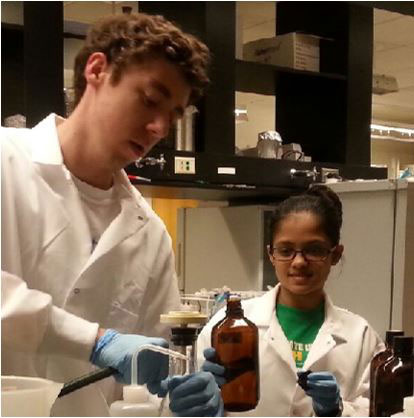
0
Tags:












































































